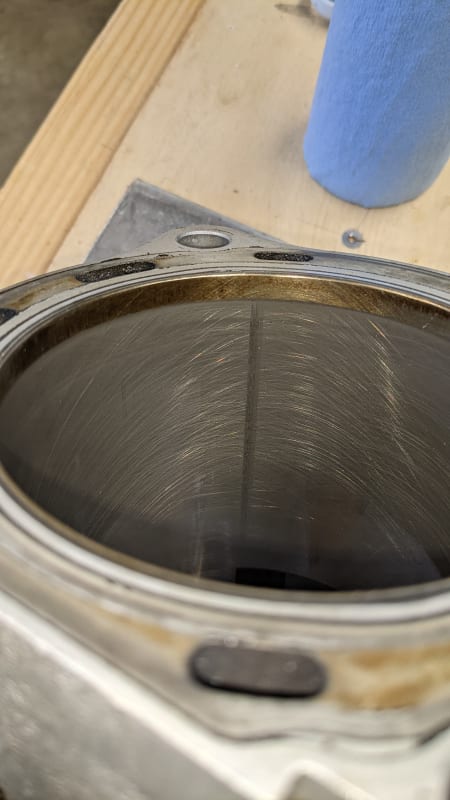Hello,
Half year in weekends I was rebuilding my old Alfa Romeo engine. Cylinders were re-bored and honed, new larger pistons with new rings installed, main and conrod bearings replaced, new valves, valve guides, valve stem seals installed, all other seals and gaskets replaced. And, as it was my first engine rebuild, in break in period I used 5w40 synthetic oil, and as I found out later, it was not good idea. Oil was changed after 1000 km to same 5w40. Right after rebuild, engine was using oil, I thought maybe it's due to break in period, but now, after few thousands km, engine still consumes a large amount of oil, about 1,5 - 2 litres for 1k km.
I can't understand where is the problem and I planning to try disassemble engine again after winter, when it gets warmer outside. I think, that there can be issues with oil rings, and my question is, do I need to get cylinders honed again, if I will replace piston rings? I know, that it's recomended to hone cylinders when changing rings, but if cylinders were honed few thousands km ago?
Half year in weekends I was rebuilding my old Alfa Romeo engine. Cylinders were re-bored and honed, new larger pistons with new rings installed, main and conrod bearings replaced, new valves, valve guides, valve stem seals installed, all other seals and gaskets replaced. And, as it was my first engine rebuild, in break in period I used 5w40 synthetic oil, and as I found out later, it was not good idea. Oil was changed after 1000 km to same 5w40. Right after rebuild, engine was using oil, I thought maybe it's due to break in period, but now, after few thousands km, engine still consumes a large amount of oil, about 1,5 - 2 litres for 1k km.
I can't understand where is the problem and I planning to try disassemble engine again after winter, when it gets warmer outside. I think, that there can be issues with oil rings, and my question is, do I need to get cylinders honed again, if I will replace piston rings? I know, that it's recomended to hone cylinders when changing rings, but if cylinders were honed few thousands km ago?

